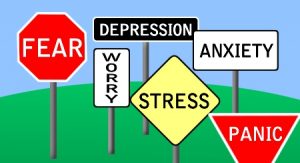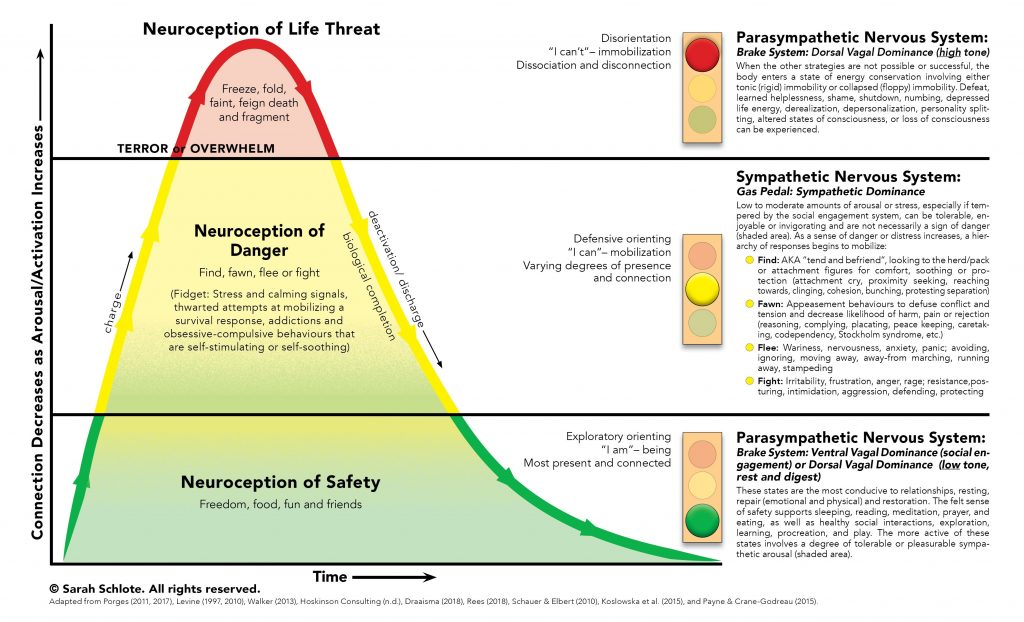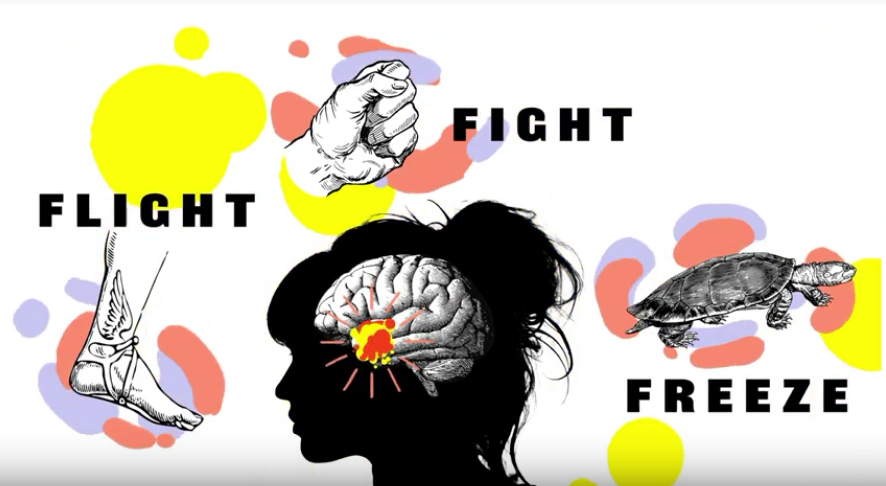In an effort to improve the quality of services I offer, and in the service of full transparency to those who seek treatment, I am committed to compiling and sharing outcome data every few years on the patients I have treated. The last time I compiled and shared my treatment outcome data was in 2013, so it is time for another round, this time with a larger sample to describe.
Description of the Sample
This analysis includes all patients with a primary diagnosis of an anxiety disorder who participated in an evaluation followed by a minimum of one therapy session with me at any time between the start of my private practice in 2009 and spring of 2017. Given that this is an analysis of end of treatment outcomes, patients who are currently in treatment with me were not included in this sample.
This sample includes 16 patients, all female, who ranged in age from 10 – 42 years old, with a median age of 20.
Description of Treatment Received
Seventy-five percent of these patients were treated with Cognitive-Behavioral Therapy (CBT), while the remaining 25% of patients were treated with supportive or client-centered therapy.
Length of treatment and number of sessions attended varied considerably among these individuals. The vast majority of patients were in treatment with me for somewhere between 2 – 19 months and attended somewhere between 3-17 sessions. The median duration of treatment was 4.5 months, and the median number of sessions attended was 12.
Degree of family involvement varied based on the patient’s age and living circumstances. All patients under age 18 had at least a moderate level of family involvement, and 83% of patients under age 18 had a high level of family involvement. Patients of college age had low- to moderate levels of family involvement, and most adult patients in their 30’s and 40’s had minimal, if any, family involvement.
Forty-four percent of patients were taking psychotropic medication, prescribed by their psychiatrist, during their treatment with me. None of the patients in this sample were hospitalized during the course of their treatment with me.

Treatment Completion and Recovery Rates
Of all patients who entered treatment with me for anxiety disorders, 44% percent recovered completely from their anxiety disorder, while 38% made significant progress in terms of reduction of symptoms and improvement in functioning, and 19% made some progress towards recovery. In sum, all of the patients in this sample made at least some progress towards their treatment goals. For a detailed description of the criteria used to determine “full recovery,” “significant progress,” and “some progress,” see this blog post from 2013.
Half of the patients who entered treatment with me for anxiety disorders completed a full course of treatment. Completing a “full course of treatment” was defined as remaining in treatment until the patient, her family (when involved), and I collaboratively agreed that treatment goals had been met and further treatment was not needed. The number of sessions required to complete a full course of treatment ranged from 3 – 25 sessions, with a median of 4 sessions. The duration of treatment for those who completed a full course of treatment ranged from 1-19 months, with a median duration of 3 months. Of those who completed a full course of treatment, 88% achieved full recovery and 12% made significant progress since starting treatment.
The remaining half of patients did not complete a full course of treatment with me, either because they quit treatment prematurely, they moved to another geographic location, or I referred them to another clinician. Among those who did not complete a full course of treatment, 63% had made significant progress in their recovery at the time they left treatment with me, and the remaining 37% had made some progress. It is important to note that I do not have data on what happens to patients after they leave my practice, so these treatment outcomes are based on an assessment of the patient’s symptoms and functioning as of the last session they attended with me. It is possible that some individuals who left treatment prematurely achieved full recovery later on their own, or in treatment with another clinician, after leaving my practice. It is also possible that some individuals experienced a worsening of their condition after leaving treatment.
Predictors of Treatment Outcomes
A high level of family involvement in treatment emerged as the strongest predictor of successful treatment outcome. 100% of patients who had high levels of family involvement in treatment completed a full course of treatment and achieved full recovery.
Completion of a full course of treatment was the second strongest predictor of successful outcome. 88% of patients who completed a full course of treatment achieved full recovery from their anxiety disorder. The remaining 12% of treatment completers had made significant progress since the start of treatment.
Younger age was also a predictor of successful treatment outcome. Younger age was strongly correlated with both high family involvement and completion of treatment.
Other factors associated with successful treatment outcome include shorter duration of illness, good attendance at therapy sessions, paying full rate for services, and being self-referred to my practice.
Not surprisingly, discontinuing treatment prematurely was associated with less favorable outcomes. Even so, 63% of individuals who discontinued treatment prematurely had made significant progress since beginning treatment with me, and the remaining 37% had made some progress. These data indicate that the majority of individuals with anxiety disorders experienced significant benefits from treatment in terms of reduction of symptoms and improvement in functioning, whether or not they completed treatment a full course of treatment.
Other factors strongly associated with a less favorable treatment outcome included the presence of a comorbid diagnosis, taking psychotropic medication during treatment, and being referred to my practice by a psychiatrist. Interestingly, these three factors were strongly correlated with one another: all of the individuals who were referred to my practice by their psychiatrist were taking psychotropic medication and 80% of individuals referred by their psychiatrist had comorbid diagnoses.
The following factors were modestly associated with less favorable treatment outcomes: older age, longer duration of illness, lower levels of family involvement, poor attendance at therapy sessions, and paying reduced rate for services. Again, these factors tended to co-occur with one another, and also tended to co-occur with the three negative prognostic factors listed above.
These statistics reflect overall trends, not absolutes. Some individuals in this sample did achieve full recovery despite being adults with long duration of illness and no family involvement, or having other characteristics typically associated with less favorable treatment outcome.
For a more detailed description and interpretation of these statistics, click here.









